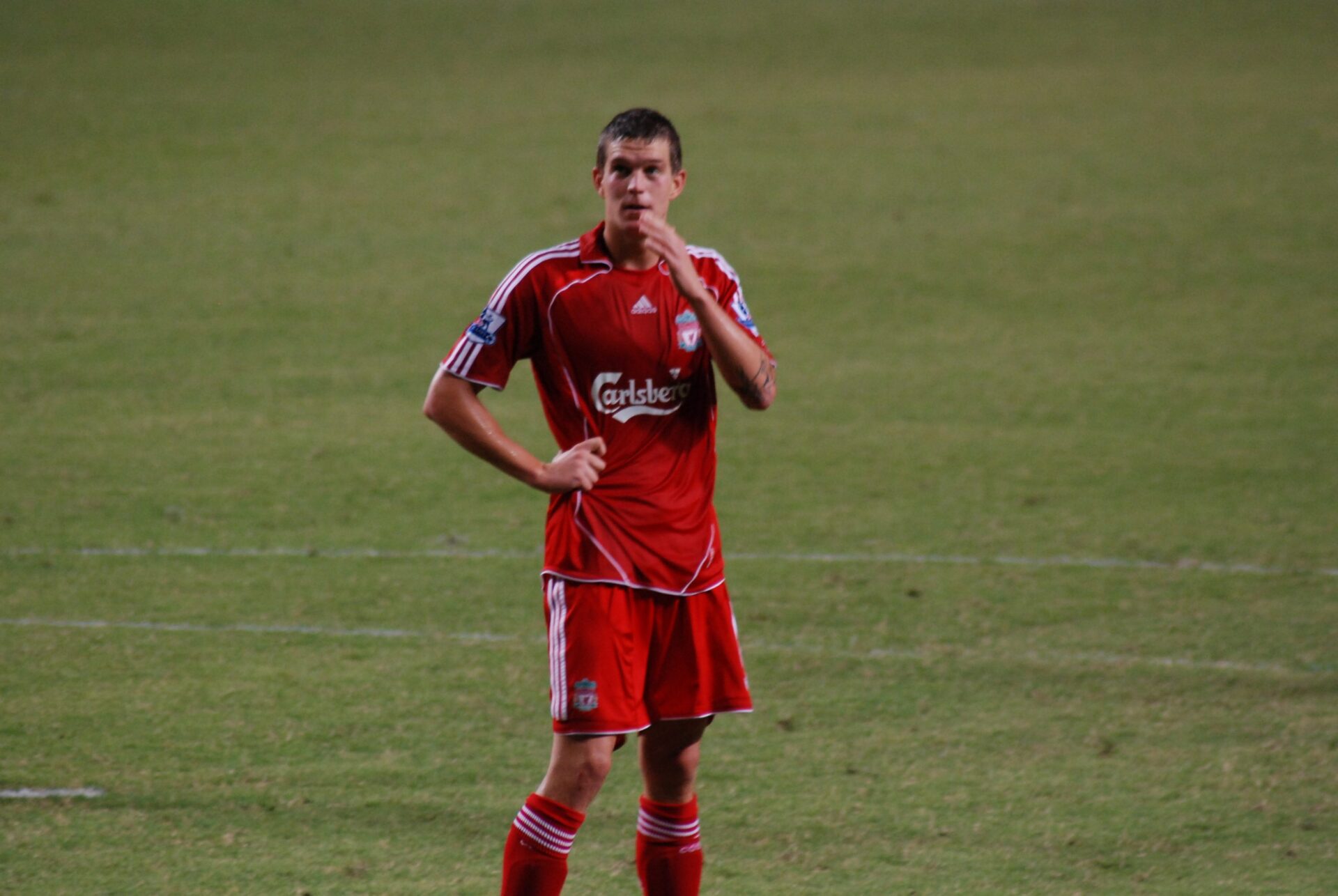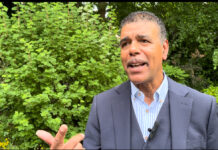Whether it’s the Scandinavian church located in the Baltic Triangle – originally built for Nordic sailors in the late 1880’s – or Lapskaus; the Norwegian term from which the word ‘Scouse’ is believed to have been originally derived from. There’s no doubt a deep-rooted affiliation between the two regions of Merseyside and Scandinavia.
Considering the similar tendencies of both the areas, it hardly comes as a surprise that such a relationship exists. Just like many other cities around the world, Liverpool and the identity of football work in tandem.
Everton’s representation with the region has been fairly minimal over the years. Thomas Gravesen and Gylfi Sigurdsson being the most notable exports. But it’s on the other side of Stanley Park where the Scandinavian influence runs true.
The 1970’s and 80’s saw state owned television companies begin to broadcast English football to millions of homes in Northern Europe. At the time Liverpool were dominating both the domestic and the European scene, with an exciting brand of football.
Naturally their matches drew large audiences and for much of this period Liverpool were the primetime slot every weekend; leading to a birth of footballing culture in the Scandinavian region for them.
One of the stalwarts of the aforementioned Liverpool side was the Dane, Jan Mølby.
In the shape of Mølby, Liverpool arguably possessed the region’s first superstar export. A vital cog in Dalglish’s double-winning side of the 1985/86 season, Mølby was a pioneer in the box-to-box role. This was displayed by his remarkable return of 21 goals in 58 games from central midfield.

Coinciding with Liverpool’s success, the governments in the region began to sell their coverage of the Premier League to much larger, influential conglomerates. Not only did this tap into yet another demographic of fans, but also consolidated the influence of Liverpool in the region.
With a fan identity now firmly ingrained in Scandinavian football culture, Liverpool grew into one of the most supported teams, dwarfing a whole host of other clubs in the region.
The nineties saw Norway internationals Øyvind Leonhardsen, Bjørn Tore Kvarme and Stig Inge Bjørnebye arrive on Merseyside, opening up yet another avenue of support for the club. For a country with such a limited football scene, a handful of their players signing for such a renowned club set a precedent for the region.
Factoring in the extensive coverage of the team in Scandinavia, as well as the signing of left-back John Arne Riise shortly after, many Norwegians now saw Liverpool as ‘their’team.
Riise went on to make 234 appearances for the club, winning an FA Cup and Champions League along the way, further cementing the wave of support for the club. It’s because of these exploits that many still revere him on Merseyside, and also enabled such an exponential growth of Liverpool fans in his home country.
Unlike Norway and Denmark, Sweden has had a largely minimal effect on Liverpool as a club.
Despite being almost double the size of the other aforementioned countries and one with a much more developed footballing heritage, the region has only ever produced one player for Liverpool.
Rubbing shoulders with his Scandinavian counterpart Jan Mølby, Glenn Hysén racked up over 70 appearances for the club. Many of which came in the memorable 1989-90 season in which Liverpool clinched their 18th– and currently last – league title.
Despite no current precise figures available, a survey in 2014 found that 34.1% of all Premier League fans in Sweden supported Liverpool. Given their return to the upper echelons of both domestic and European football; that figure has no doubt risen since.

With over 750,000 fans in a country of 5.8m, Denmark has the second highest concentration of supporters in one country, in fact the world. Having already had a modest following towards the end of the 20thcentury due to Jan Mølby’s influence, support grew tenfold with the signing of Daniel Agger in 2006.
Agger made over 232 appearances for Liverpool, and with a tendency for spectacular long-range goals and tidy defensive performances, soon established himself as a cult hero amongst many Liverpool fans.
A two-time Danish Footballer of the Year during his time at the club, Agger was a leader for many Dane’s. Alongside Mølby, Agger points to why the club has such a confound connection with Denmark.

This swell of support is further outlined in the form of the ‘Redmen Family DK’; the largest Liverpool fan community in Denmark. The branch has over 16 established fan groups across the country, illustrating alongside its iconic sponsorship with Carlsberg, just how influential Liverpool is in Denmark.
Despite having no current players hailing from Scandinavia at the club, the influence is perhaps now ironically stronger than ever.
Prior to Liverpool’s defeat in the Champions League last Tuesday, I spoke to a group of Swedish fans who had travelled from Stockholm for the game. Not far from the ‘Scandinavian Seamen’s Church’, Andreas and his family were observing the Jurgen Klopp mural located in the Baltic Triangle.
“I’m so excited to be going to my first Liverpool match, and when I saw this beautiful art [the Klopp mural] on the internet I knew I had to come straight here from the airport,” Andreas told me.

“My father got me my first Liverpool shirt a couple of months after my 5thbirthday. He’s been a supporter since the games were first televised in the 80’s, he never used to shut up about Kenny Dalglish!”.
The chat I had with Andreas and his family was brief – primarily due to kick-off only being a matter of hours away – but the duality between both Scandinavia and Liverpool became vividly clear.
What can be described as a chain reaction was what brought Andreas and his family to Liverpool.
His dad, infatuated with the trailblazers of the 1980’s. Andreas, finds himself in the same situation with the current team of innovators.
The Scandinavian love affair with Liverpool and its city is showing no signs of stopping.
[Featured image courtesy of Redmen.dk and Robert Hendel.]














